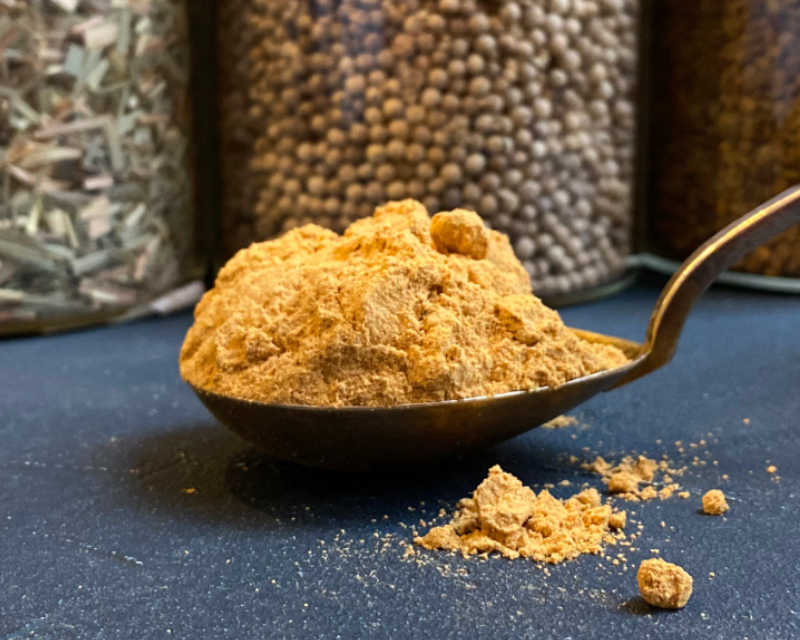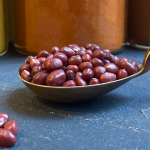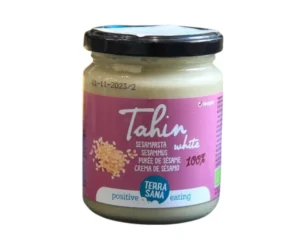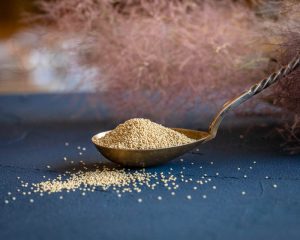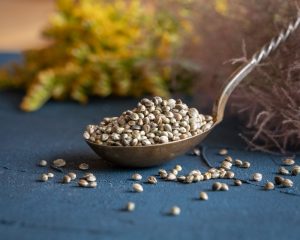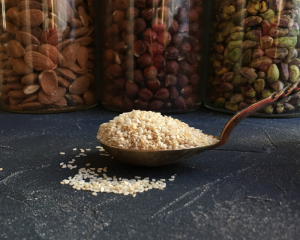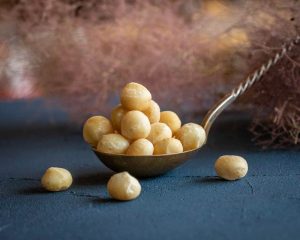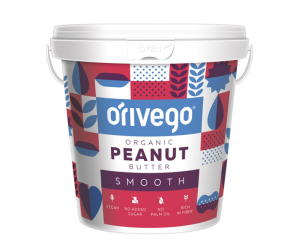Organic rosehip powder
From 3.30€
From delicate petals to prickly thorns, wild roses are a symbol of beauty and health. The fruit of the rosehip is usually red-orange in colour. Unlike roses, which flower in spring and summer, they usually flower in early or mid autumn.
The nutrient-rich rosehip has gained attention for its role in health and beauty. These fruits are one of the most concentrated sources of vitamin C.
The vitamins, minerals, organic compounds and other essential nutrients in rosehips are very powerful! Some of these beneficial components include vitamin complexes C, A, E and B, as well as minerals such as calcium, iron, selenium, manganese, magnesium, phosphorus, potassium, sulphur, silicon and zinc. In addition, organic compounds such as lycopene, pectin, lutein and beta-carotene are also very powerful and necessary for the body. Antioxidant components, including flavonoids, phytochemicals and carotenoids, also contribute to their health benefits.
The impressive amount of vitamin C found in rosehips is one of the best components for boosting the immune system. Vitamin C stimulates the production of white blood cells and is also essential for asthma prevention and general respiratory health. Rosehips are good for colds because they contain high levels of vitamin C.
Various acids in rose hips, as well as pectin, are known to stimulate urination. As a diuretic, they can help flush out toxins as well as excess salt, fluid and even fat.
During the Second World War, the British government used harvested rosehips to make rosehip syrup as a source of vitamin C to replace citrus fruits that were not available. Rosehips have deep roots in the history of traditional medicine.
Wild rose has a spicy taste. They can be used to make tea, jelly, jam, soups or oil. It can also be added to smoothies, herbal syrups and body care products.
These organic gooseberries are dried and ground together with their seeds.
100% organic rosehips
Energy value 1126 kJ/ 273 kcal
Fat 4,9 g
- of which saturates 0,5 g
Carbohydrates 23 g
- of which sugars 12 g
Fibre 56 g
Protein 6,2 g
Salt 0 g
Store in a cool, dry place. Keep out of direct sunlight.


